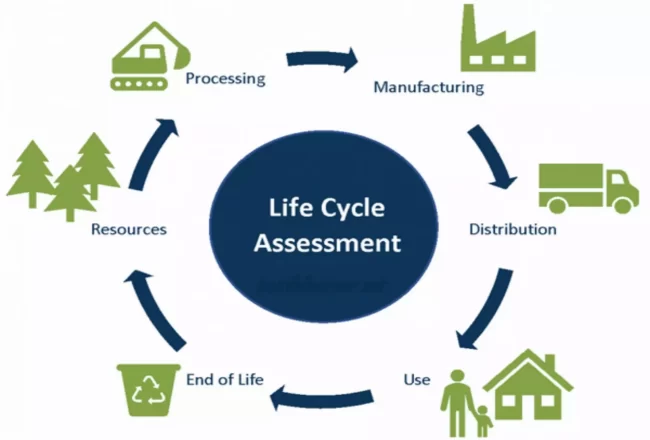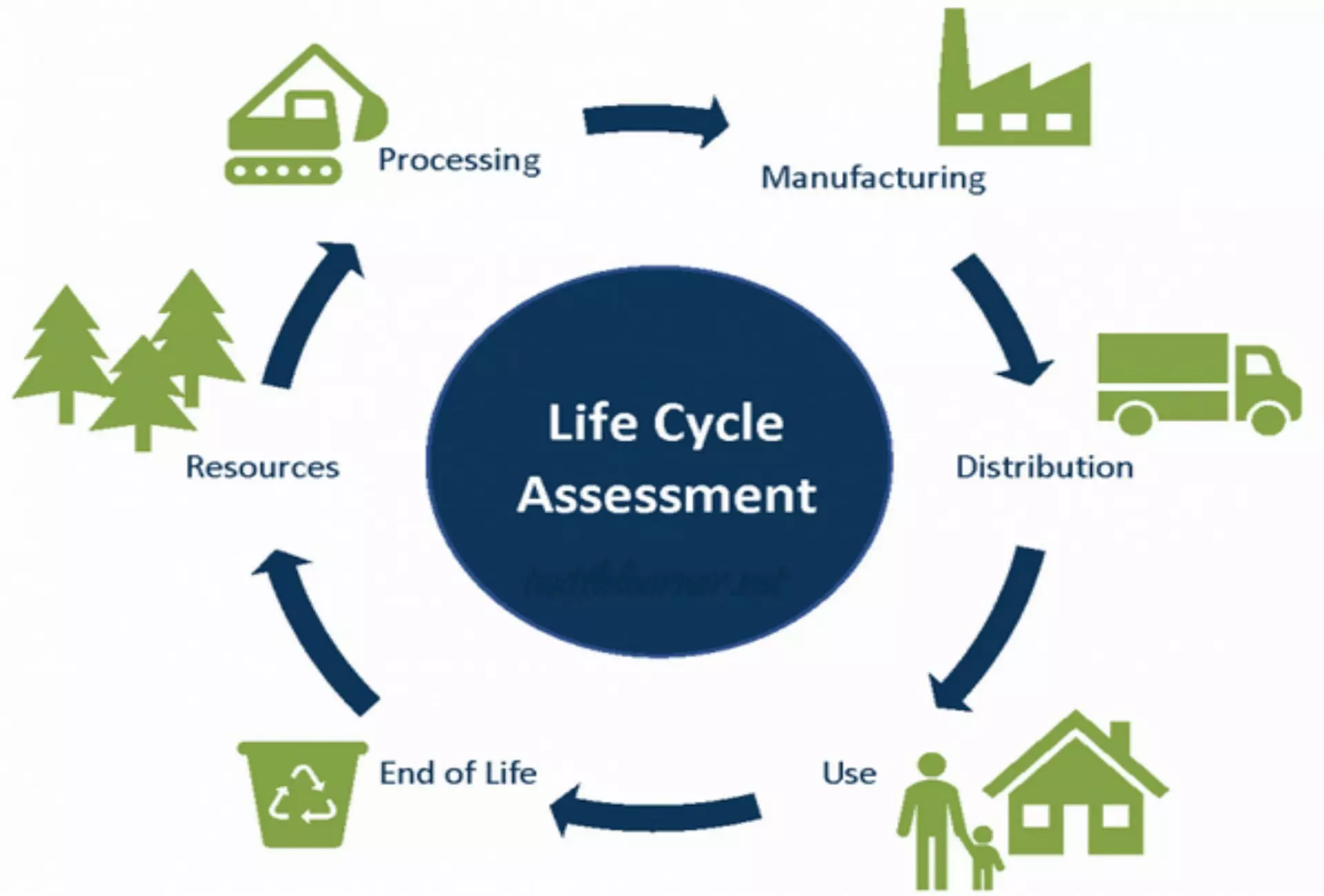Environmental impacts of a product or service over time can be assessed by a technique called life cycle assessment (LCA), generally known as life cyc
Environmental impacts of a product or service over time can be assessed by a technique called life cycle assessment (LCA), generally known as life cycle analysis or Cradle to Grave analysis. The environmental impact of a product can occur at any stage of its life cycle, from when raw materials are obtained to when the product is utilized to when it is discarded.
A product’s existence can be broken down into distinct phases, known as stages of the life cycle. From the beginning to the last stage of a product’s life, or any stage in between, LCA can be used to assess the product’s environmental impact. For greenly earth these assessments are of great importance. The life cycle assessment of the product or service may do at following three phases for different purposes:
- At phase when raw material after extraction transfer to factory (plant) site. (cradle)
- During the processing of the raw material to final desired product phase.
- Then at last at disposal of the product. (grave)

Objective of Life Cycle Analysis
To evaluate the environmental impacts of a product, process, or service, a Life Cycle Assessment (LCA) takes a comprehensive audit of all the materials and energy used in the whole production process. As a result, LCA evaluates the overall effects on the environment. The goal is to collect data on the product’s environmental impact and make improvements where necessary. Further, LCA has a lot of advantages like the report of this analysis helps you to upgrade your product quality and processing along with marketing strategy and policy making. This analysis leads toward sustainable product development. For detail study of LCA, Sustainability, to conduct life cycle and about green technology see more.
Various Stages during Life Cycle Assessment
The Life cycle Assessment is performed under sops of International Organization for standardization (ISO) 14040 and 14044. Following four stages are in detail.
- Goal and Scope Stage
Numerous parameters, sometimes design parameters, need to be expressed both qualitatively and quantitatively in accordance with the ISO LCA Standard. The two most important LCA SPDs are the declared Goal and Scope.
The following items must be specified without confusion in the objective:
- Specifically, the goal
- Motivations for Conducting the Research
- Aspects of the Audience
- If the conclusions will be utilized in a publicly available comparative declaration
Important, often-subjective decisions are outlined by the purpose and scope. Examples of such details include the goal of conducting the LCA, a detailed explanation of the product and its life cycle, and a breakdown of the system’s confines.
What is included and what is not in the analysis is defined by the boundaries of the system. To narrow the focus, we can exclude components that are used in trace amounts but have a negligible impact on the overall footprint. This is therefore outside the scope of the system.
- Life Cycle Inventory (LCI)
Life Cycle Inventory (LCI) study creates a product system’s ecosphere flow inventory. It quantifies raw material and energy needs, air emissions, land emissions, water emissions, resource usage, and other releases during a product’s life cycle. It’s the aggregation of all elementary flows within a product system’s unit processes. To create the inventory, a flow model of the technical system including inputs and outputs is generally proposed. All system actions, including the supply chain, provide input and output data for the model.
- Life Cycle Impact analysis
Life cycle impact analysis helps businesses make better decisions (LCIA). The LCI collects and models processes, and you assess their environmental implications. Your ultimate product’s level of integration is the most important decision. Want to quantify your product’s eco-friendliness? Or if your innovative design cuts CO2 emissions and how this affects land productivity? How you convey results depends on your audience’s complexity and analytical ability.
- Life cycle interpretation
Life cycle interpretation is a methodical approach to extracting useful information from a life cycle inventory and/or life cycle impact assessment. During interpretation, findings from the inventory analysis and effect assessment are summed up. The interpretation phase yields a list of study suggestions and conclusions.
